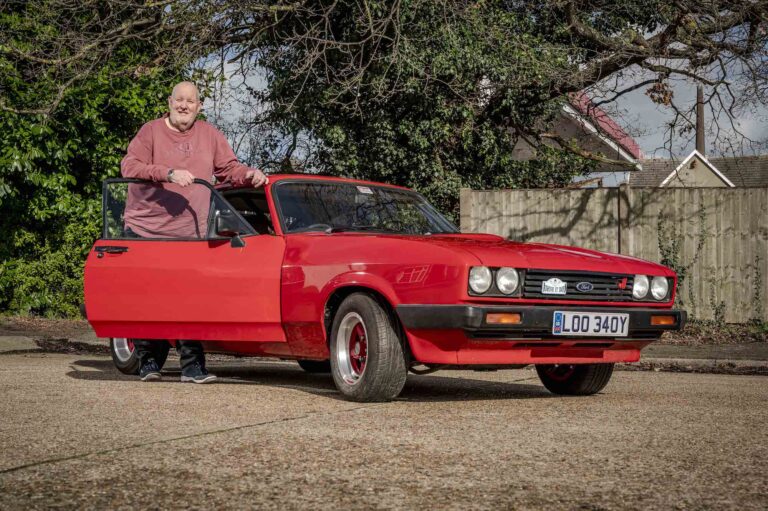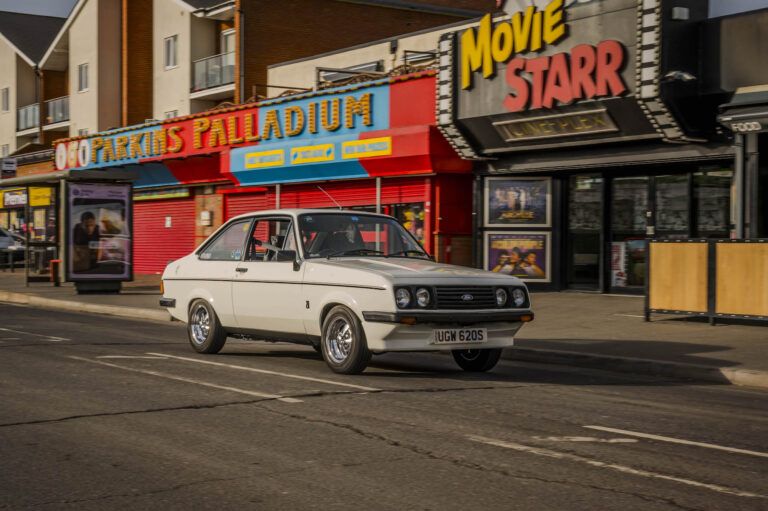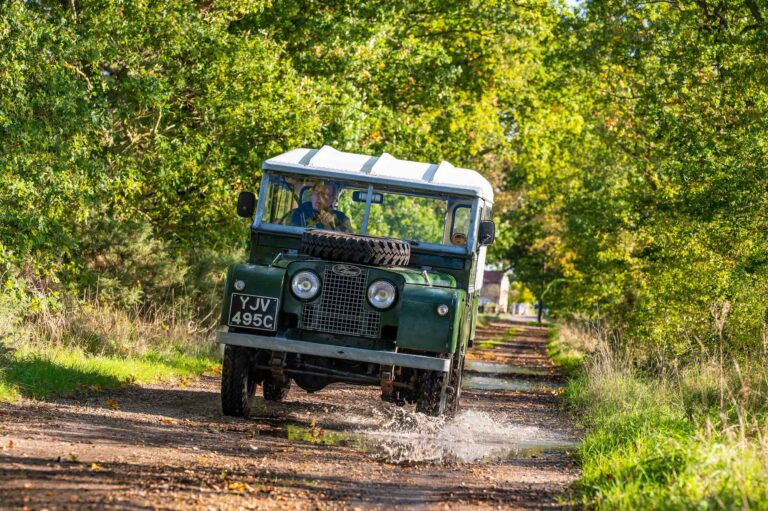As a small boy, Stephen Massie would pretend to drive his beloved grandad’s Ford Consul, perched on the edge of its big bench seat and grappling with its giant steering wheel.
Six decades on, he’s still in that same driver’s seat, and still thinking about Arthur William Ernest Smith, the man who once sat beside him and whose generosity left a lifelong impression.
“I can still see him sitting there, driving it,” he says, “and one of the main reasons I’ve kept the car isn’t really because of the car – it’s because of my grandad.
“I was close to him; he was a very nice man, very kind, and it was in that car when I was 11 that he said he’d get me a dog – and he did.”
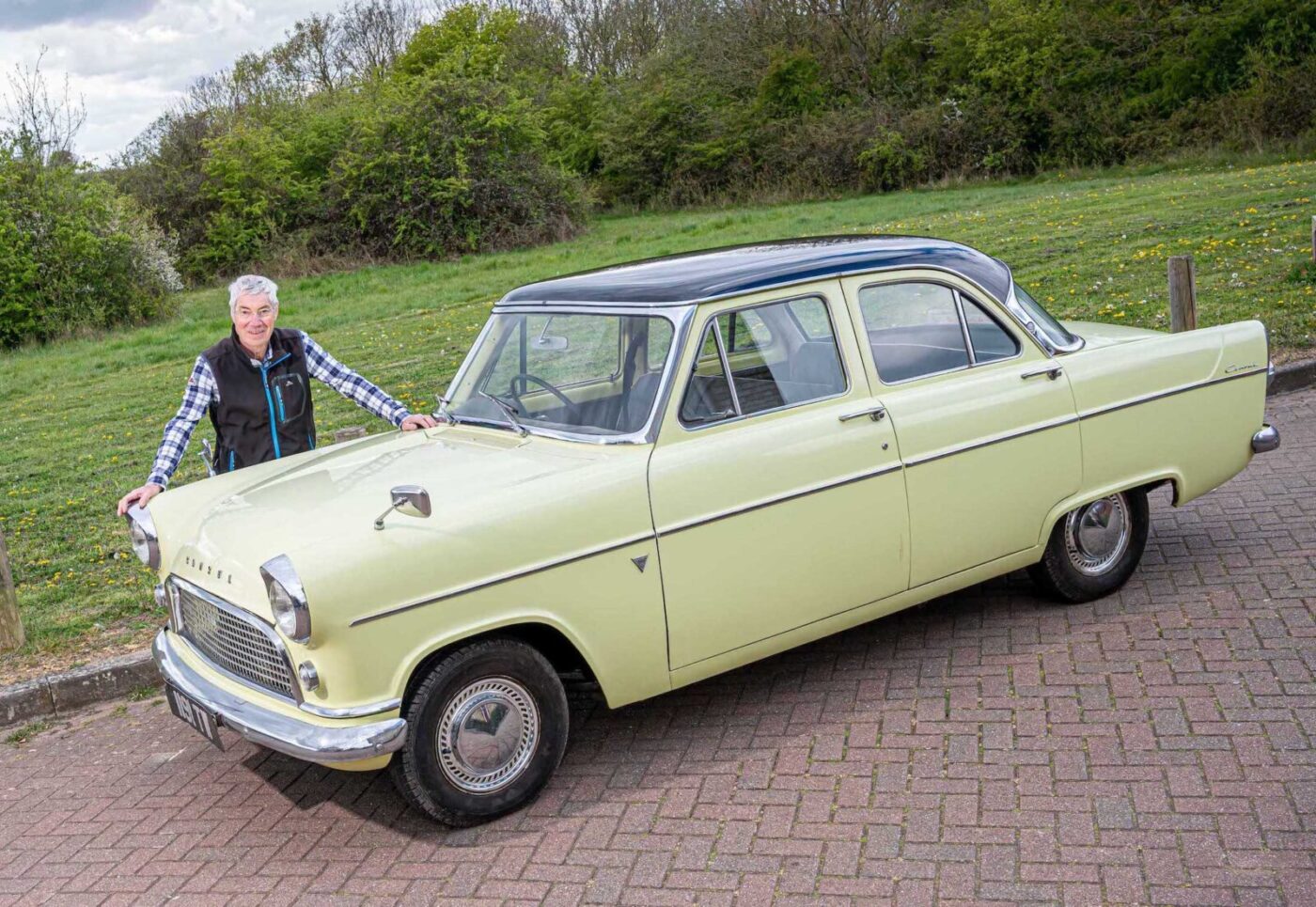
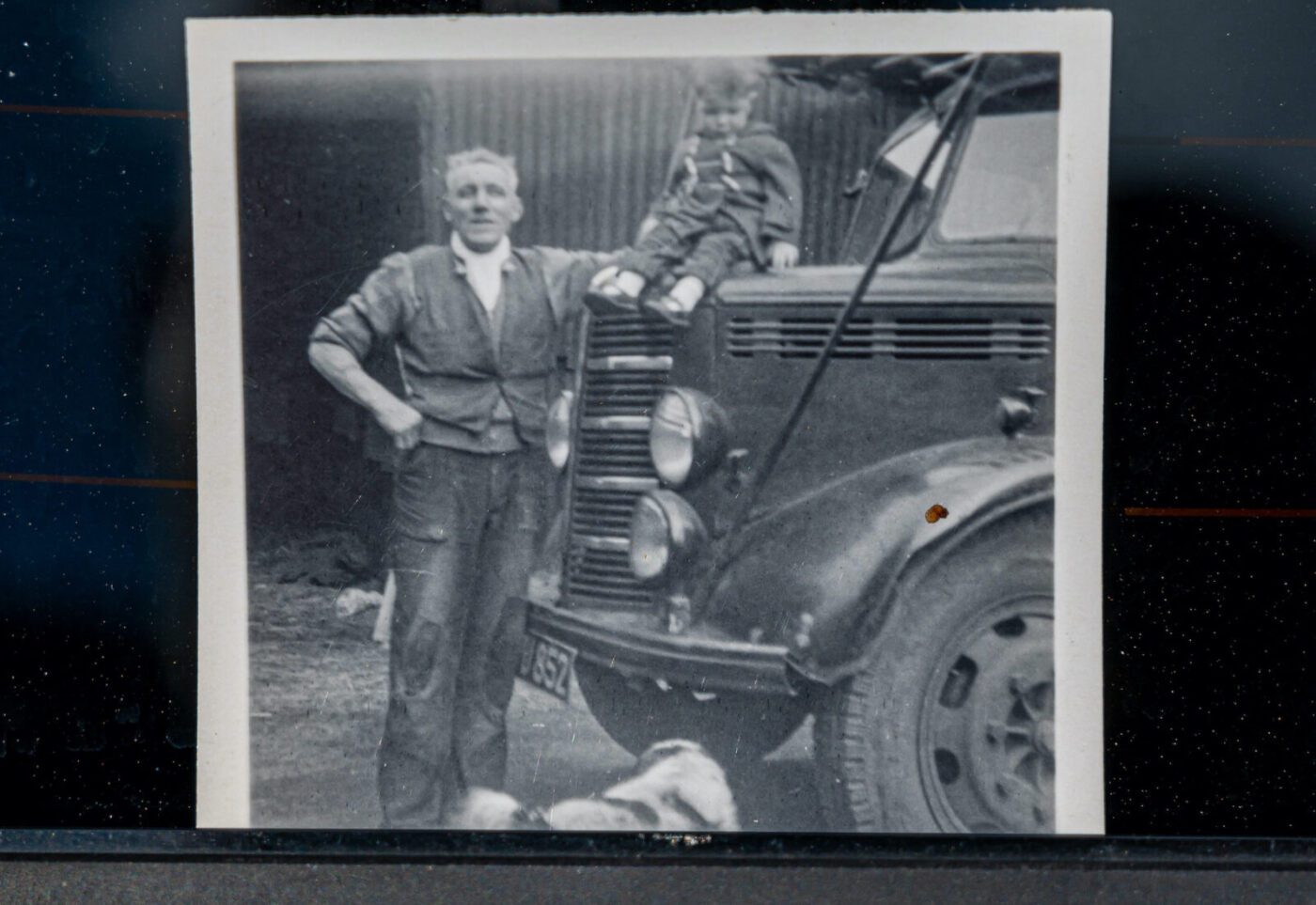
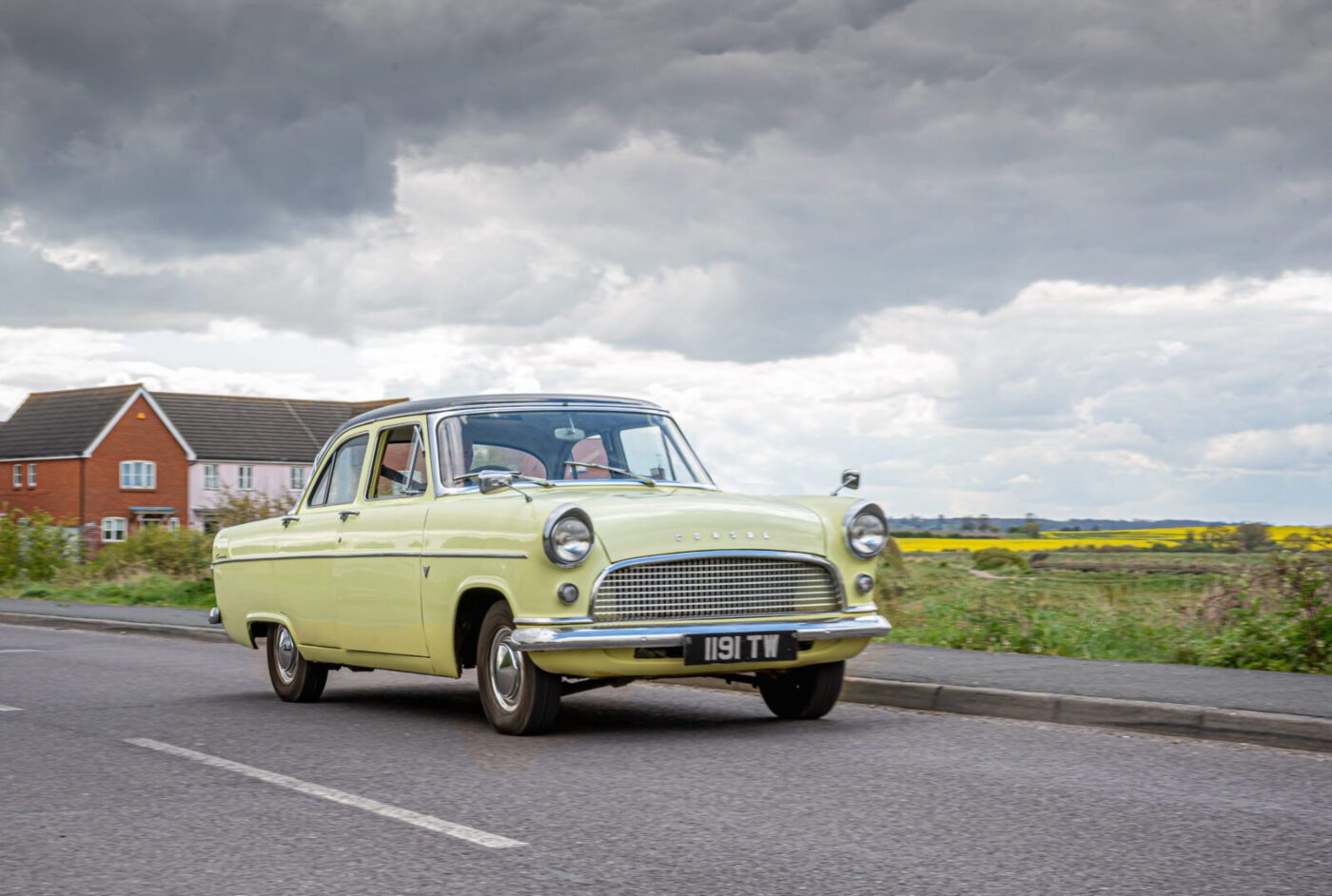
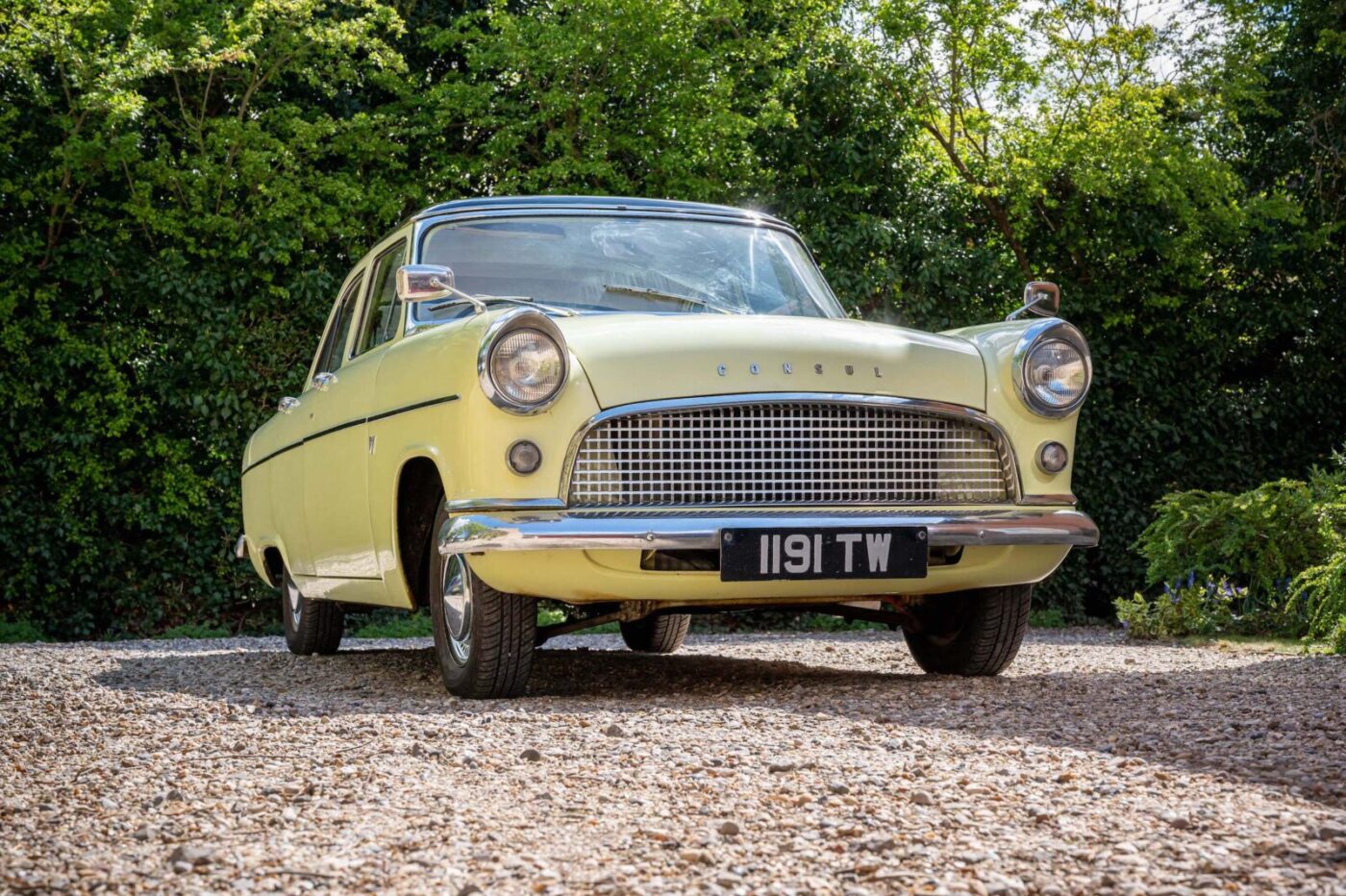
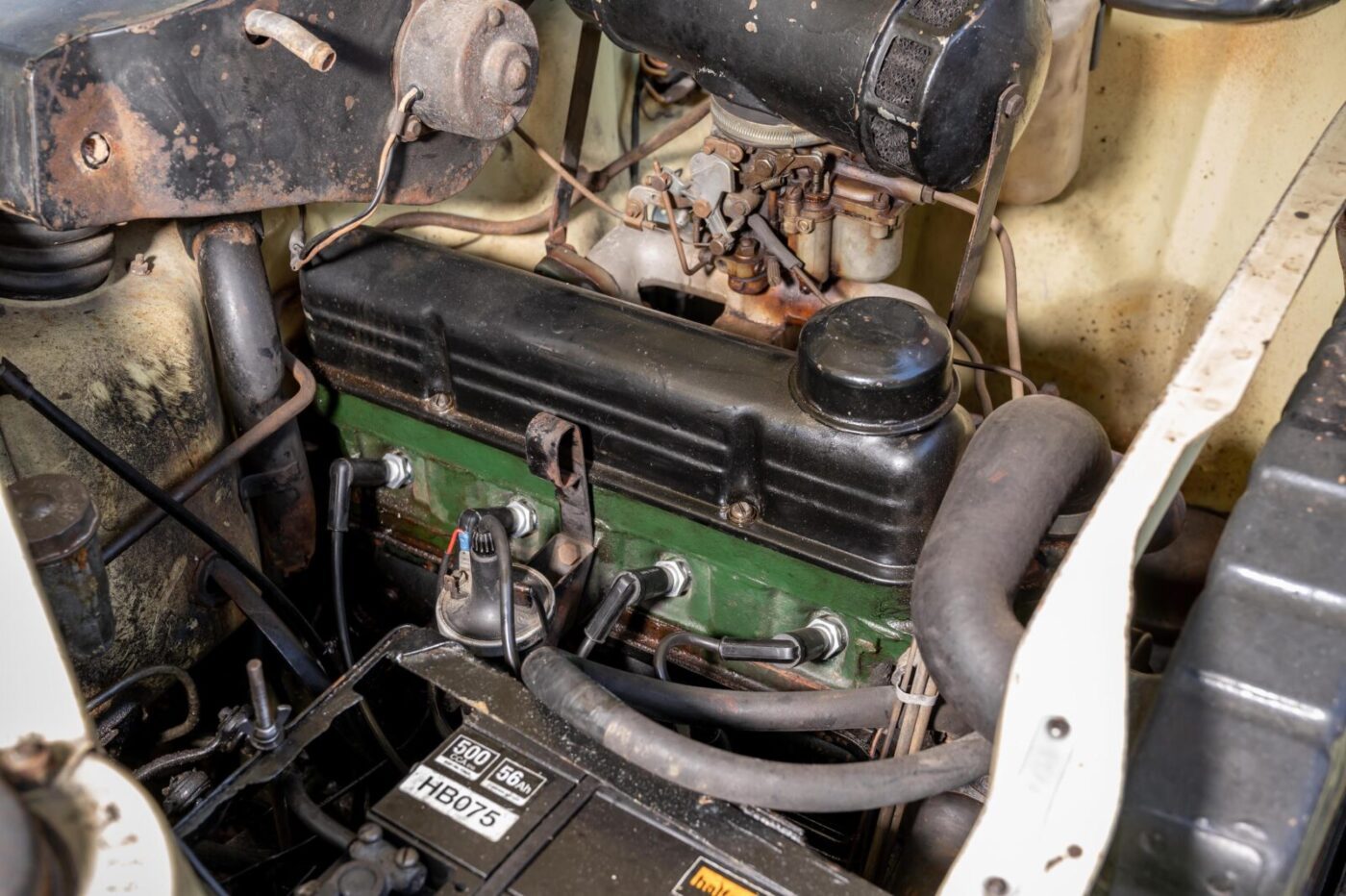
Dagenham connection
Then there’s the Dagenham connection. Both the Consul and Stephen were “made” there, before he spent many years working in the famous Ford production plant, some of it alongside his father Charles.
“I had a lot of connections with the Ford plant, so there’s that too – but the heart of it is my grandad,” he says, explaining the sacrifices he made for his family.
A hay and straw merchant in Dagenham, Arthur would work seven days a week, delivering his goods into London and out to Kent by horse and cart before buying a lorry in the 1930s.
But what he always wanted was his own car.
“He started saving up after the war,” says Stephen, sitting in his garden near Chelmsford. “But in 1952 my mum (Arthur’s daughter Sheila) and dad were getting married.
“They couldn’t afford a house and they were going to live with my dad’s aunt and share with them. A week before the wedding my grandad said to them: ‘I’ve got a surprise for you’.
“He went through their back gate at the bottom of their garden, through an alley, and on the next road there was a house in a cul-de-sac and he said ‘me and your grandmother have bought this house for you’.
READ MORE ABOUT SOME OF OUR GREATEST CLASSIC CARS WITH

A series of articles on our Cult Classics site.
Sacrificing a dream
“All the money he had been saving up for his car, he spent on a house. He wanted to get a car more than anything else, but he was prepared to sacrifice that for his daughter.
“He was such a nice bloke that he gave up on his dream for them. That’s why I wouldn’t sell the car – it’s just the generosity of it.”
Arthur began saving all over again and by 1959 he had enough to start looking for his first and, as it turned out, only car.
“He and my dad went round the dealers. He started looking at Vauxhalls and dad was a bit alarmed – he was a Ford man,” says Stephen. “When he saw the Consul he liked it, and put in an order for this car with Allen’s of Romford in September.”
The car, a 1.7-litre mark II Lowline model, cost just under £800 including purchase tax, and Arthur picked it up on January 1, 1960.
In primrose yellow with an optional black roof – painted by the dealer rather than at the factory – the Consul was the entry model of Ford’s “Three Graces”, with the bodily-similar Zephyr and Zephyr Zodiac featuring extended wheelbases and larger engines.
All three leant heavily on the styling of Ford’s American cars, particularly the 1956 Thunderbird and Fairlane, although the chrome and rear fins were less ostentatious than those across the Pond.
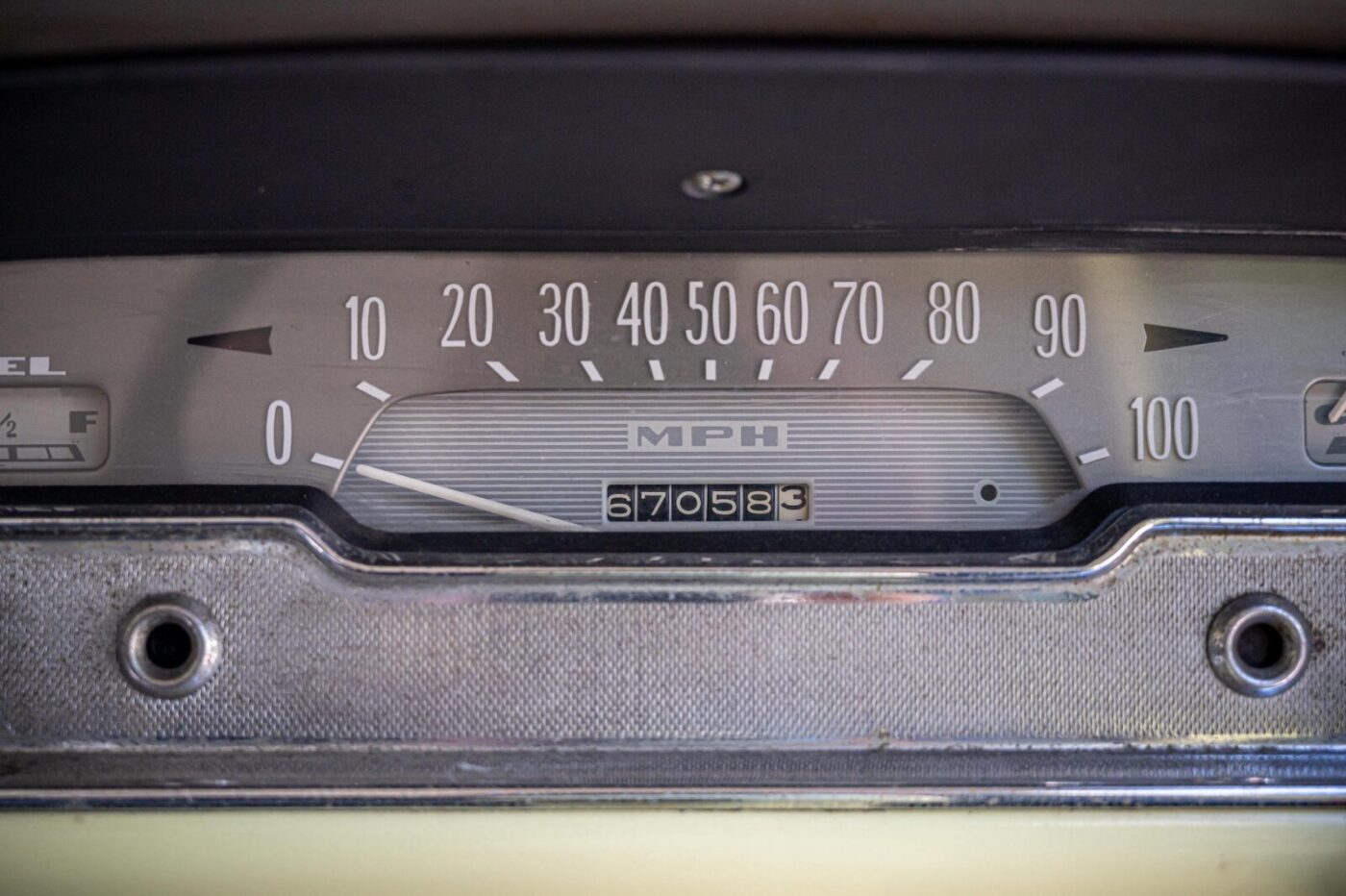
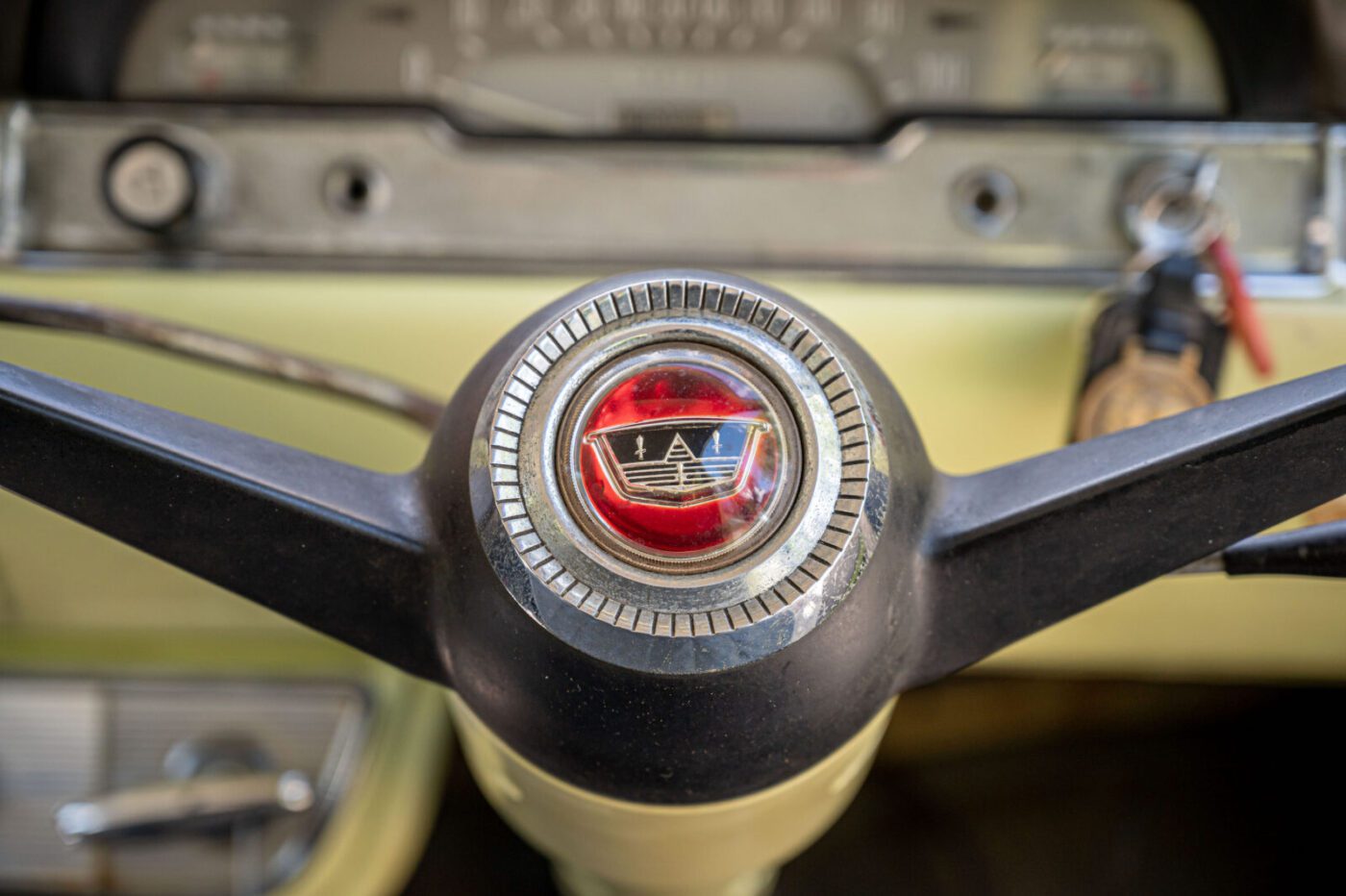
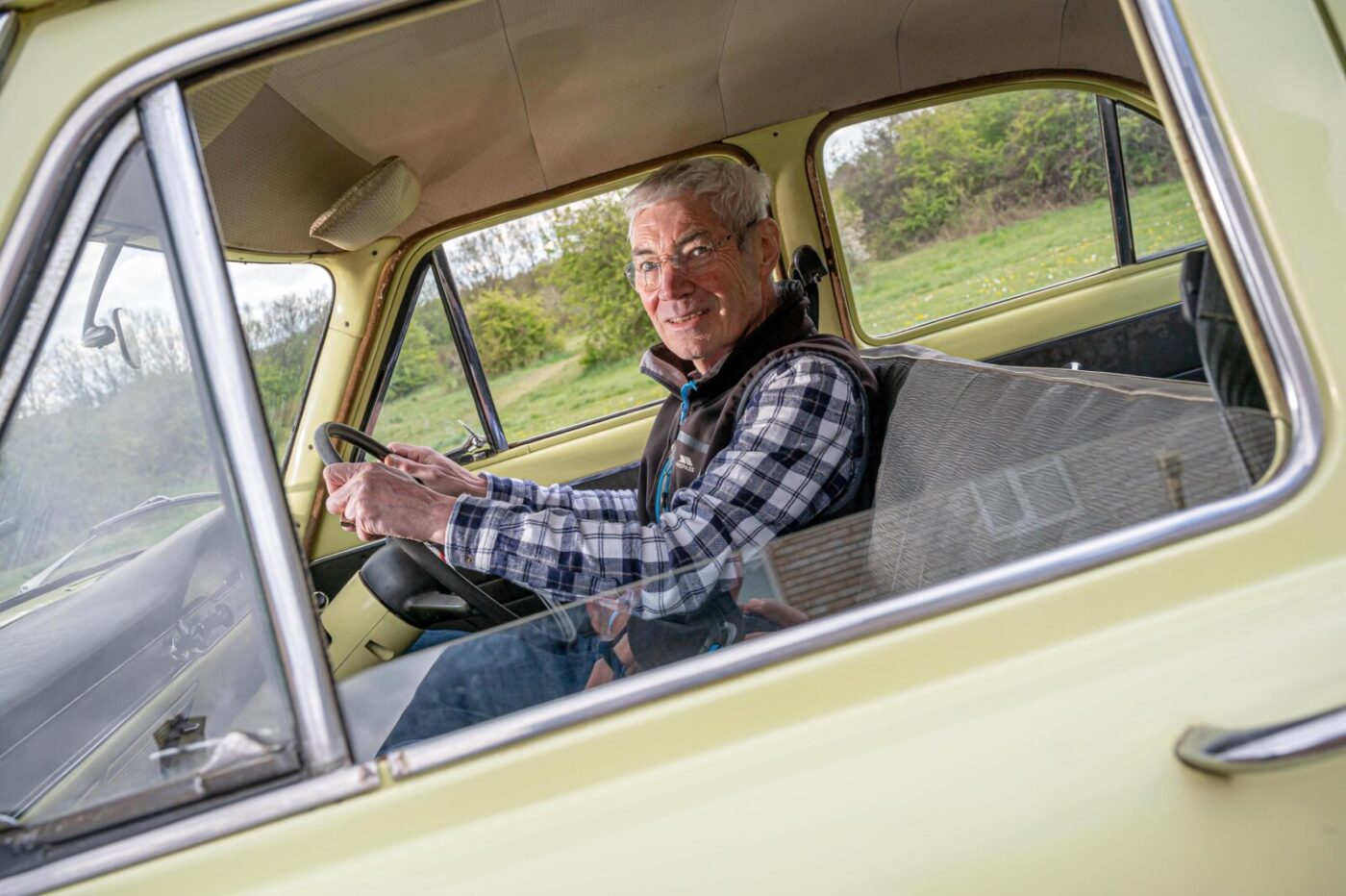
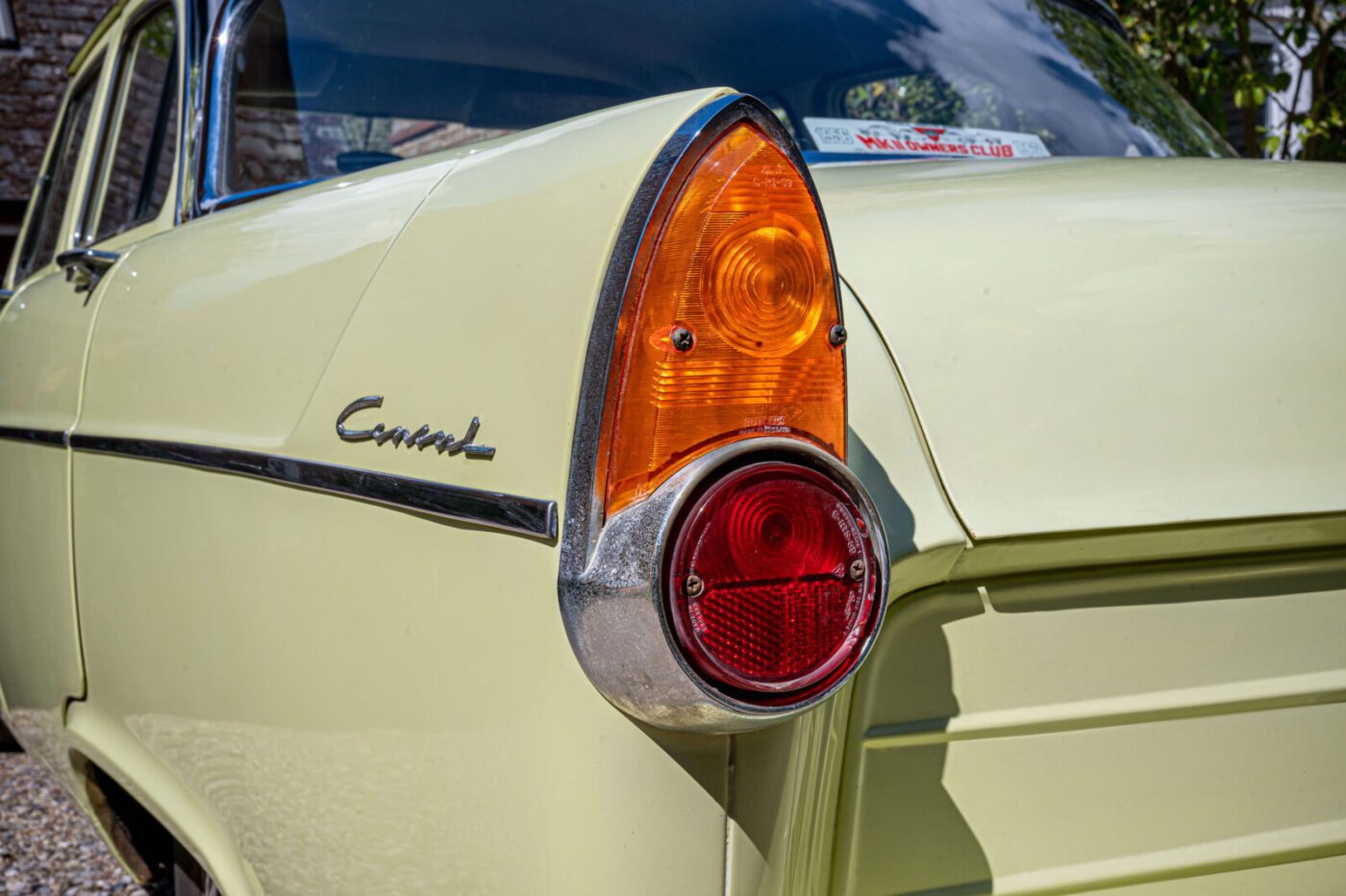
Future owner
At the time, Stephen was just four years old, but Arthur had already earmarked him as the Consul’s future owner.
“When he got the car, one of the first things he did was tell my mum and dad he was going to give it to me when I was 21, so I knew it was always going to be my car,” he says.
Arthur may have finally got his car, but he had nowhere at home to park it, so Stephen’s father extended plans for a single garage to house his own “sit up and beg” Ford Popular.
“Dad had already laid the foundations for a single garage next to the house, and when my grandad said he was going to get his car they made it a double to get both cars in,” he remembers. “That’s where the Consul lived for a long while.”
For many years, Arthur used the car for shopping trips to Romford and Ilford, and for the school run.
“If we were going to a family wedding, or somewhere as a family, we’d take the Consul because it was the nicest of the cars we had,” says Stephen. “It was the big one we could all fit in.”
81.5% of customers could get a cheaper quote over the phone
Protect your car with tailor-made classic car insurance, including agreed value cover and discounts for limited mileage and owners club discounts

Motoring journey
Stephen’s own motoring journey began at 16 when he bought a 300cc BMW Isetta bubble car with wages from a job at a stockbroker in the City.
“My dad taught me to drive with the bubble car, which I could drive on a provisional licence, and when it was my 17th birthday I applied for my test and passed two weeks later,” he says.
He took his test in his father’s mark I Cortina, which would soon become his.
“I passed on the Friday and my mum said ‘you can have your dad’s car’,” he remembers. “My dad said ‘then I haven’t got a car!’ and she said ‘we’ll get one over the weekend’.
Like many teenagers in the 1970s and beyond, the standard 1963 Cortina didn’t quite cut the mustard with Stephen so, in his own words, he “ruined it”.
“It was a lovely car, but I was too young really, and I wanted to make it sporty,” he says. “I took the bench seat out and put bucket seats in, put silly flock stuff over the instrument panel, these horrible fake aluminium-looking wheel covers, and I put an old 8-track player in it, and also changed the engine.
“The Consul was saved from all this because it was promised to me when I was 21, so I never touched it.”
Despite his efforts, the Cortina still wasn’t sporty enough for an 18-year-old Stephen, so he switched to a 1.3-litre Triumph Spitfire with twin SU carburettors.
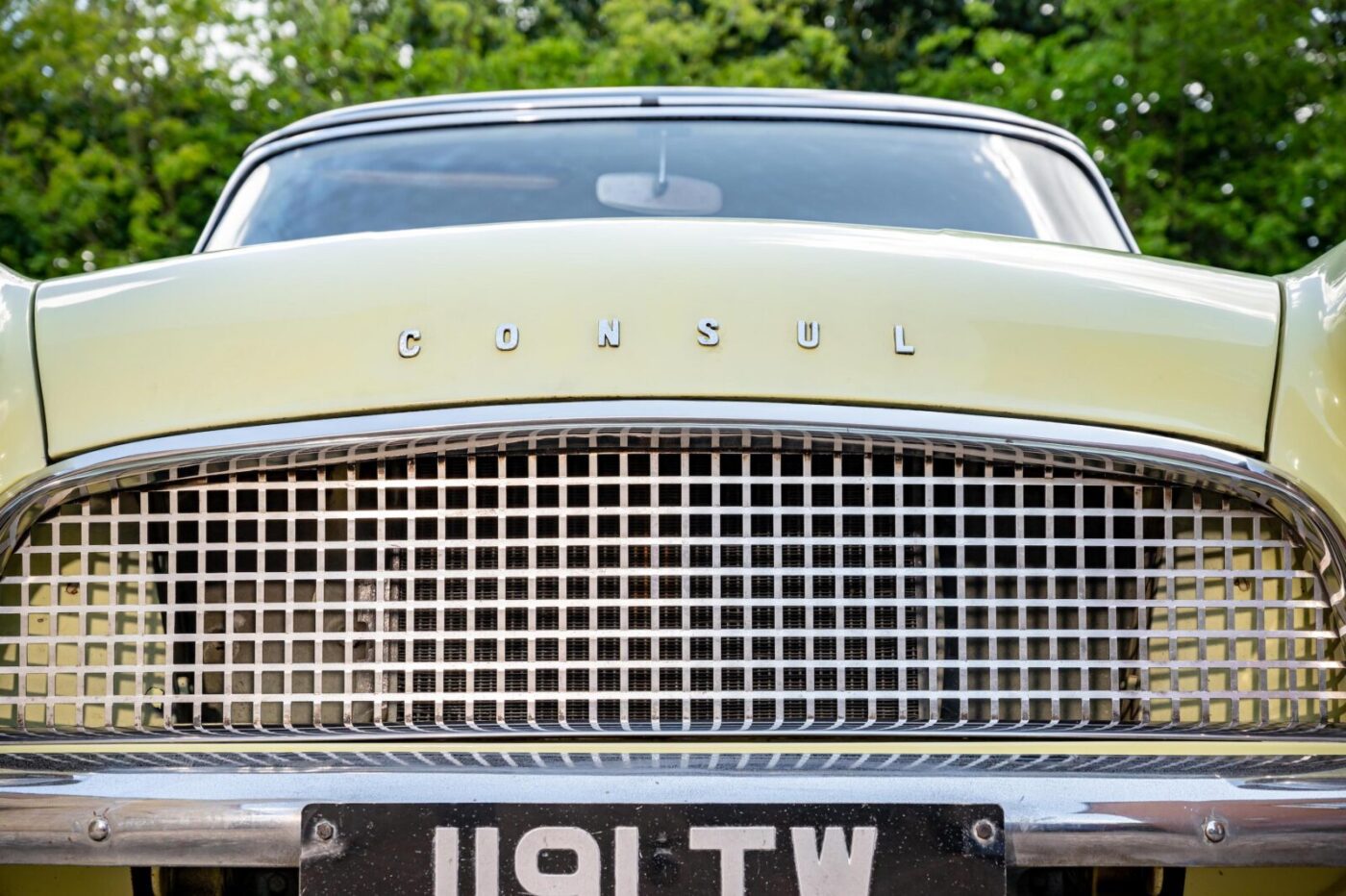
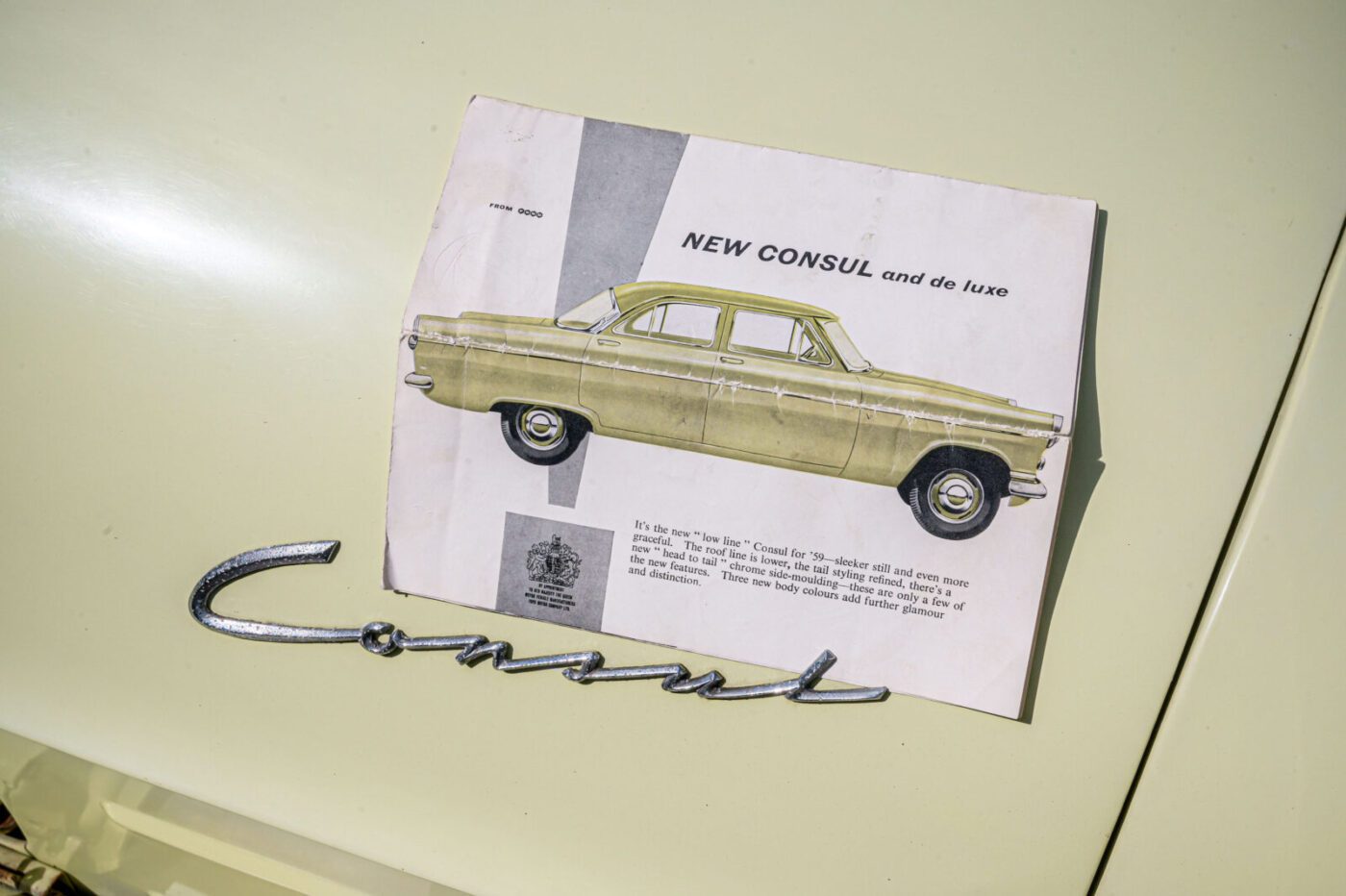
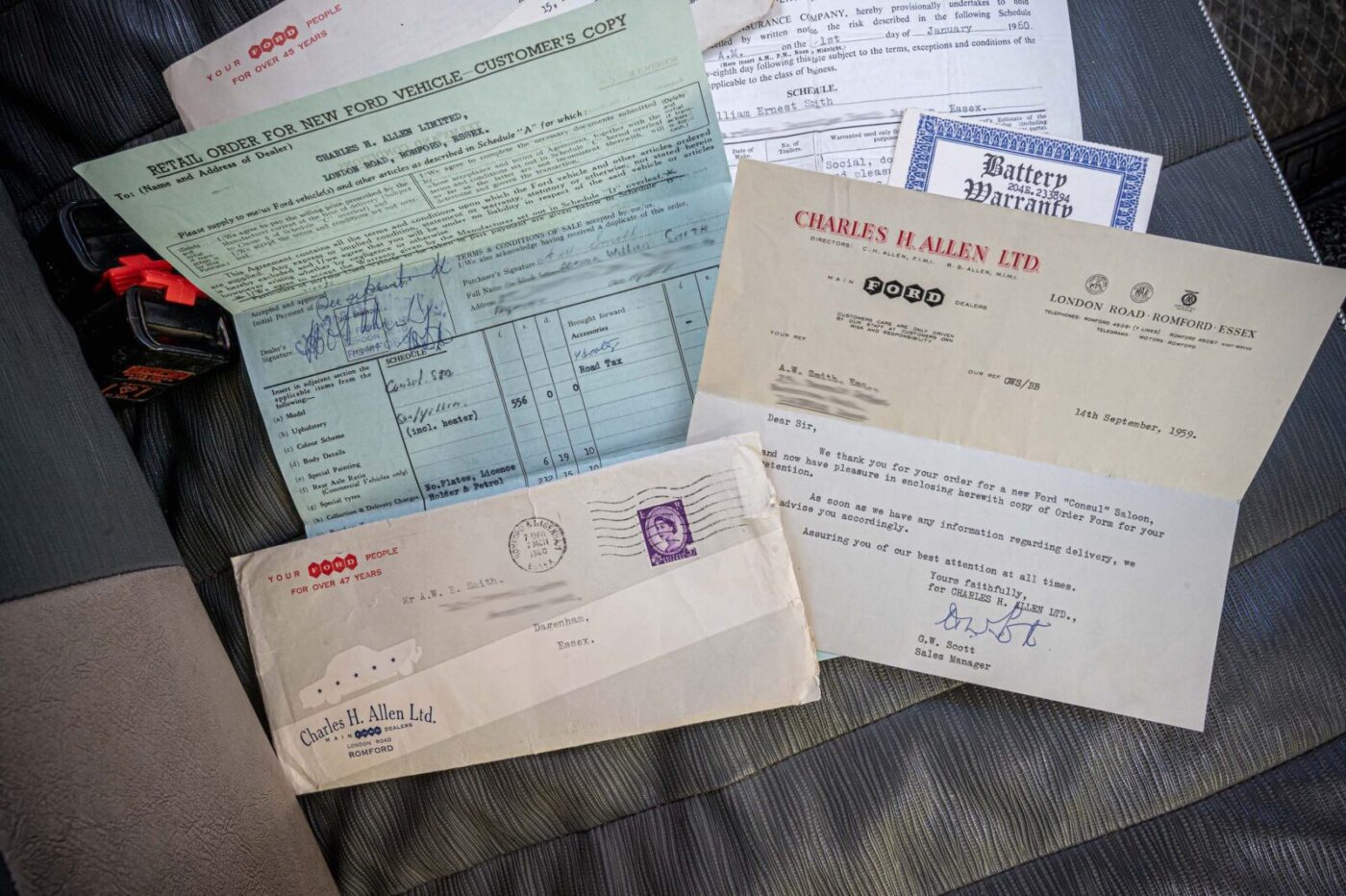
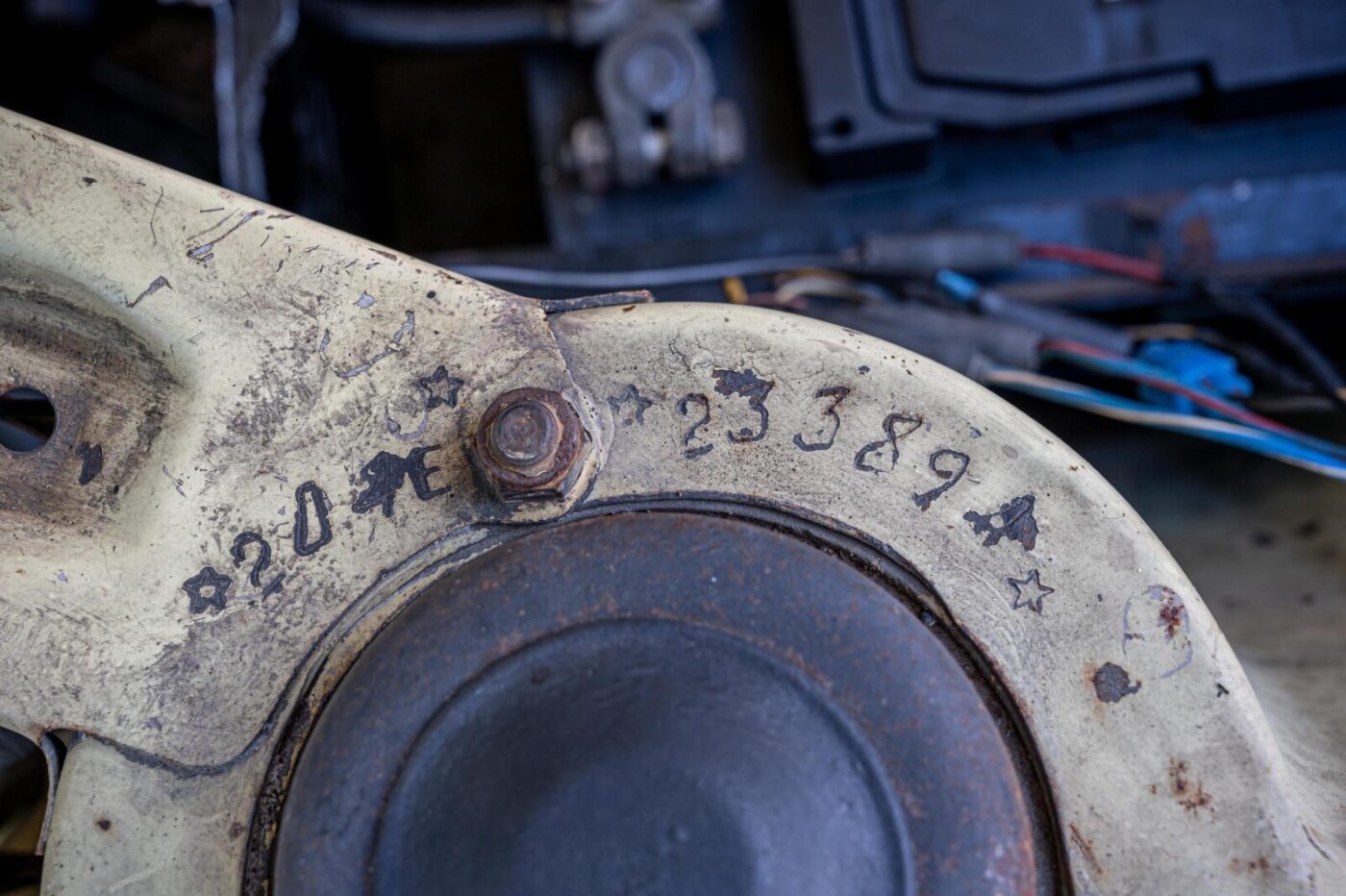
Moving to Ford
By then, he was working at Ford in Dagenham, the long hours and desire to do something more practical cutting short a budding career in the City.
“I got promoted twice and they offered me the chance to do the ‘blue button’ course to train as a dealer on the Stock Exchange floor,” he remembers, but chatting with Ford apprentices who had volunteered to help him work on the Isetta set him on a new course.
“Dad was an instructor at Fords, and he’d always asked me if I wanted to work there and I’d say no.
“But then a couple of the apprentices came round to help out with the bubble car. I was getting home at 9pm, and they’d be telling me what they did that day at work. I thought it sounded fantastic.
“I was getting to the point at work where it was just numbers and it didn’t mean anything to me. It wasn’t tangible and I liked the idea of making something. So I asked dad ‘is it too late for me to apply for my apprenticeship?’
“They gave me a chance, I sat the test and got in to do a general apprenticeship in the first year. Dad was a press tool maker – making the tools that created the shape of the car body – and I really wanted to do that, so he was my instructor for my second year. He was the best teacher I’ve ever had.”
READ MORE ABOUT SOME OF OUR GREATEST CLASSIC CARS WITH

A series of articles on our Cult Classics site.
Little bit of Stephen
Over the years, hundreds of thousands of Fords emerged from Dagenham with a little bit of Stephen in their bodywork, including Fiestas, Cortinas, Granadas, Escorts and Capris.
Along the way, he met his future wife, Louise, and the couple would sometimes use the Consul if the Spitfire was playing up.
“If the Spitfire was overheating or something like that we’d go out in the Consul for picnics and things, so I did drive it quite a bit before grandad gave it to me,” he says.
It was usually pretty reliable, but the complete failure of the vacuum wipers – which naturally slowed down uphill – once called for a Heath Robinson solution.
“It was just before we were married, and I was taking Louise back to her parents’ when the wipers failed,” says Stephen. “There was a bit of string sitting in the car, so we tied it to the wipers and moved them ourselves from inside the car. It worked OK.”
In June 1976, as the longest of hot summers was getting into full swing, Stephen turned 21 and Arthur was true to his word, signing over the Consul three days before his grandson’s wedding.
Louise arrived at her nuptials in a Rolls-Royce, but the newlyweds travelled to their reception and then the airport for their honeymoon in the Consul, tin cans trailing behind them.
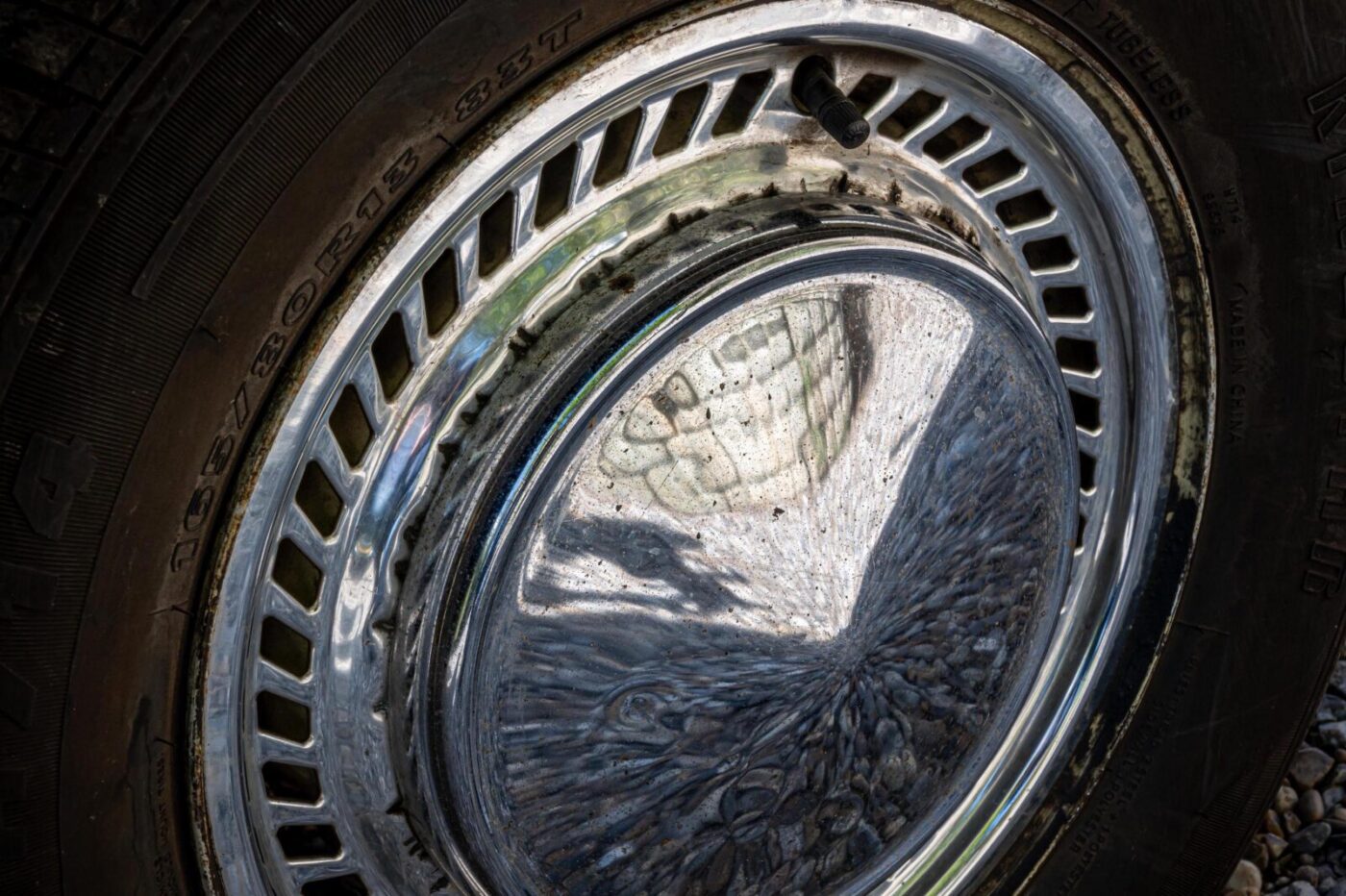
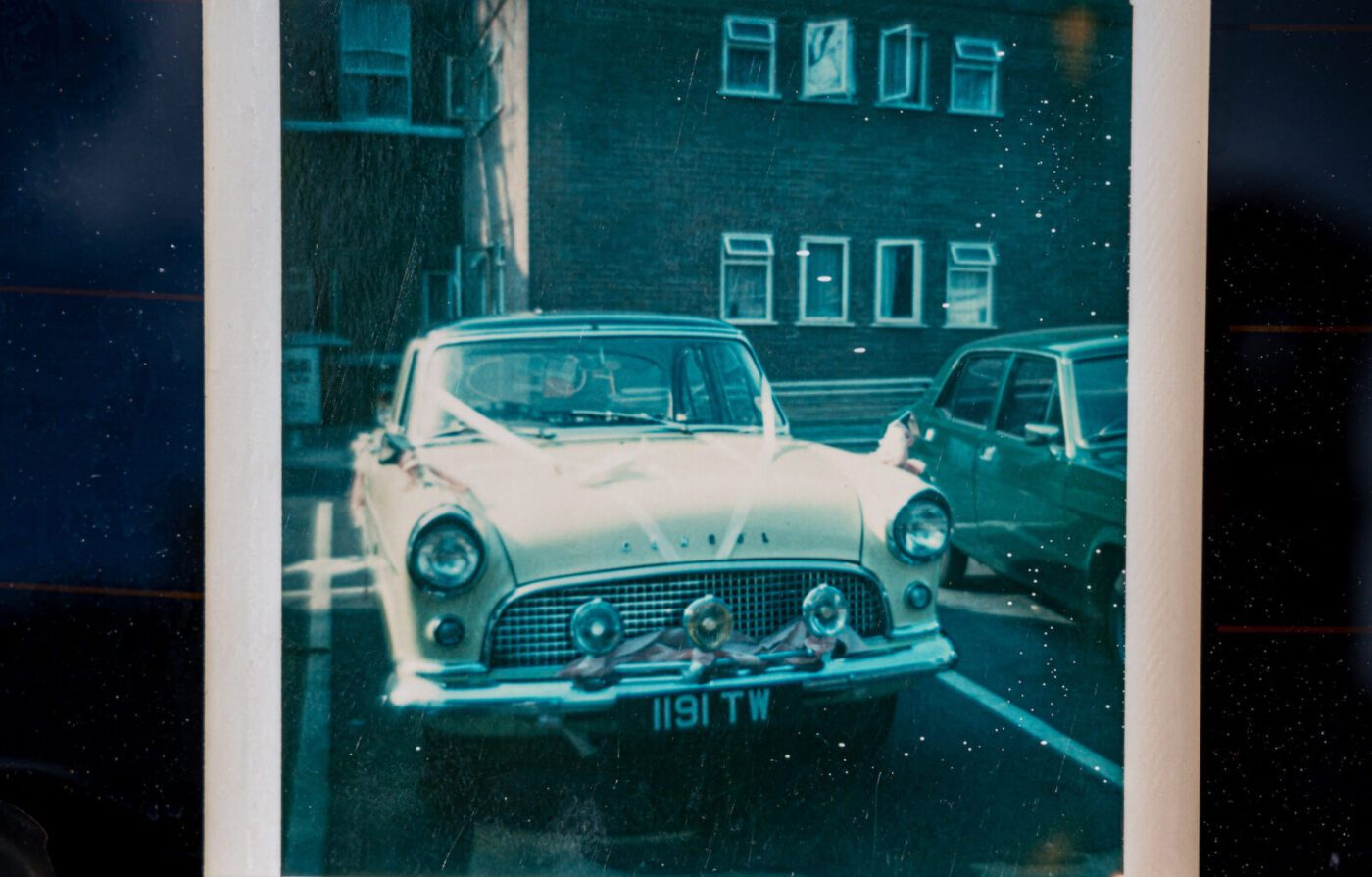
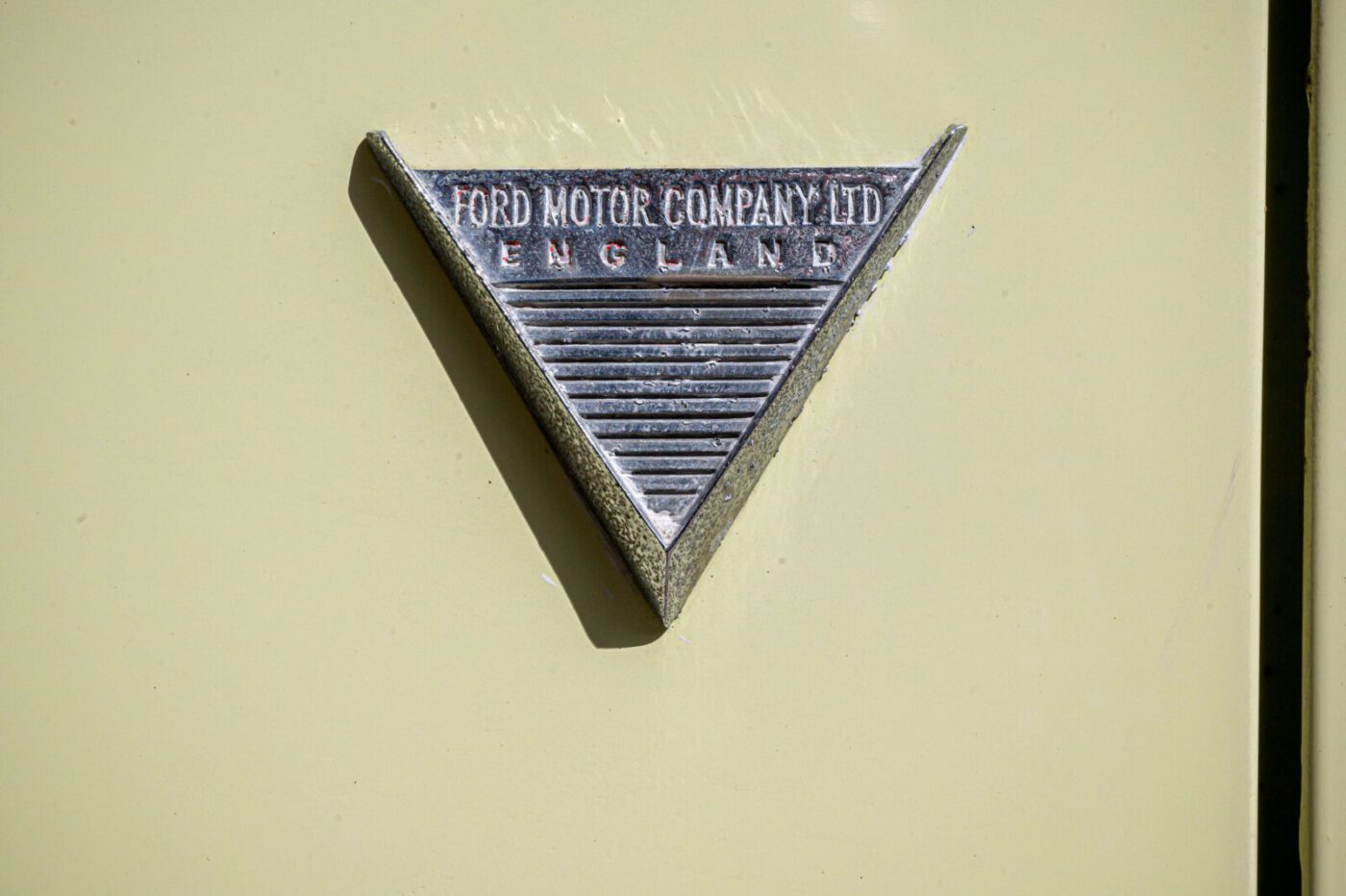
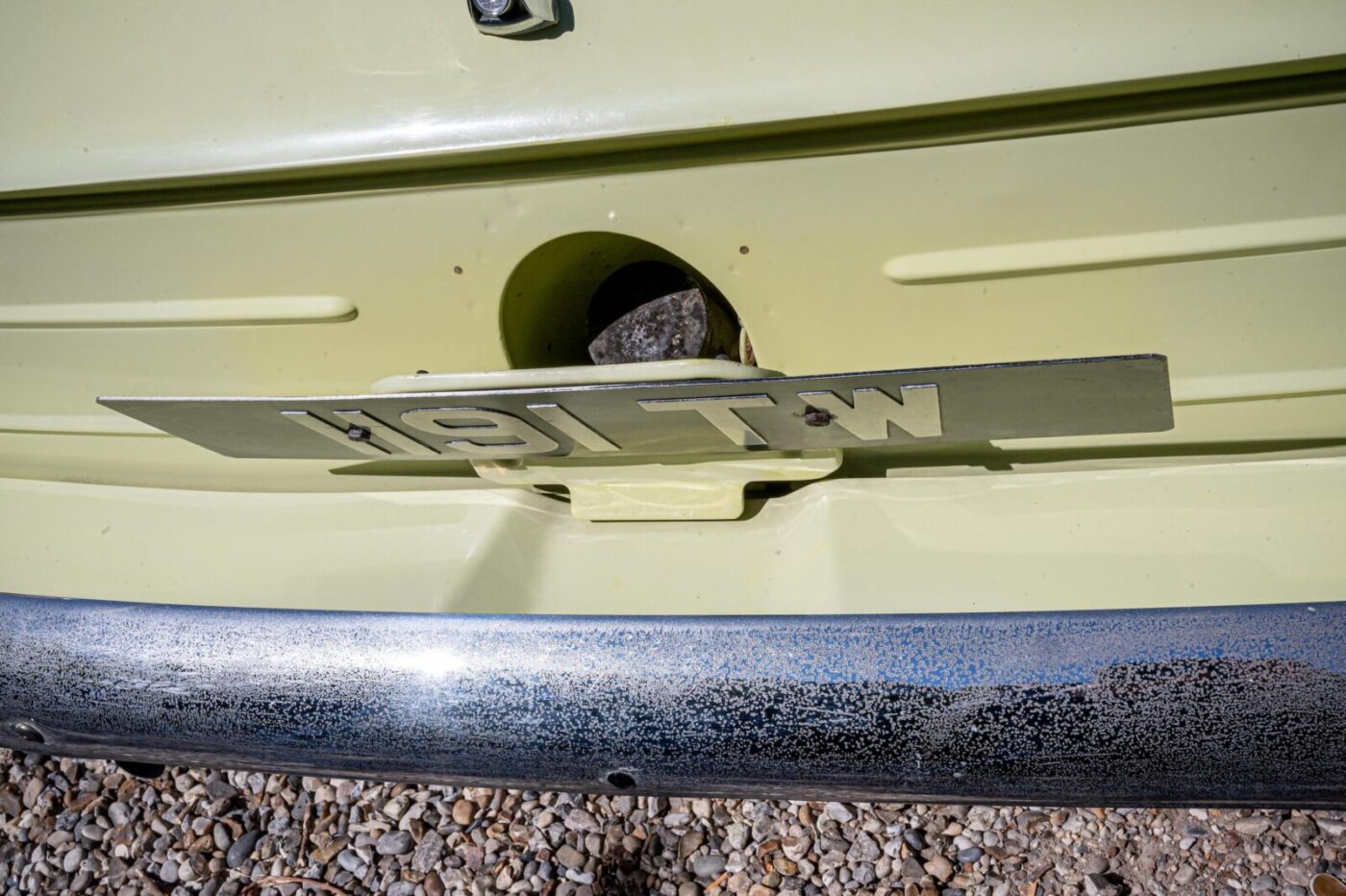
Into storage
After that, though, with about 30,000 miles on the clock, the car remained virtually unused for the best part of 13 years as Stephen bought a new Escort followed by a succession of company cars after moving into management.
He had spells working on the Escort at Ford’s Halewood plant near Liverpool, and in Germany working on tools for the Scorpio.
The Consul barely moved from Stephen’s father’s garage until 1989 when, with the engine seized, the pair of them decided to get it back on the road.
They had planned to recommission the car themselves, but at the time Ford’s training school at Harold Hill was looking for an old car to work on as a teaching project.
“Dad was working as a senior instructor there, and the people in the garage said some vehicle fitters were taking a course and it would be good if they had an older car,” says Stephen.
“The deal was, we would buy the parts (with an employee discount) and they would do the work. It wouldn’t be done quickly, it was part of the course, so we couldn’t say we wanted it done by this or that date.”
In the end, the Consul was at Harold Hill for more than a year, during which time the car was completely stripped down and rebuilt.
“If they wanted to teach someone how to put a piston ring on, they could use the car,” says Stephen. “The bodywork wasn’t rusty, but it had a crease in one door, so they got the crease taken out of that and resprayed the yellow. The black roof is still the original paint.”
A new home
By the time the car was returned, Stephen and Louise had long had their own house, so the Consul could – for the first time since it was new – leave his father’s garage.
“I used it quite a bit for work in the early ‘90s, at the time getting to and from Ford’s plant at Aveley,” he says. “Lou was using the Capri we had, and I was using the Consul.”
It’s been used more sparingly in the more recent past, with the Covid-19 pandemic especially leaving it confined to the garage.
“I was frightened to go out in it in case it broke down,” says Stephen, who is now retired. “With lockdown and social distancing I didn’t want to have to get someone out to help, so I’ve just been driving it in and out of the garage.”
It remains the car that comes out for special family occasions. Having been used for his own wedding in 1976, Stephen drove the bridesmaids to the church when his son Paul was married in 2006, and it donned ribbons again for his sister, Lynn’s, nuptials in 2010.
Sadly, Arthur died the year before Paul was born, with Kevin coming along a few years later.
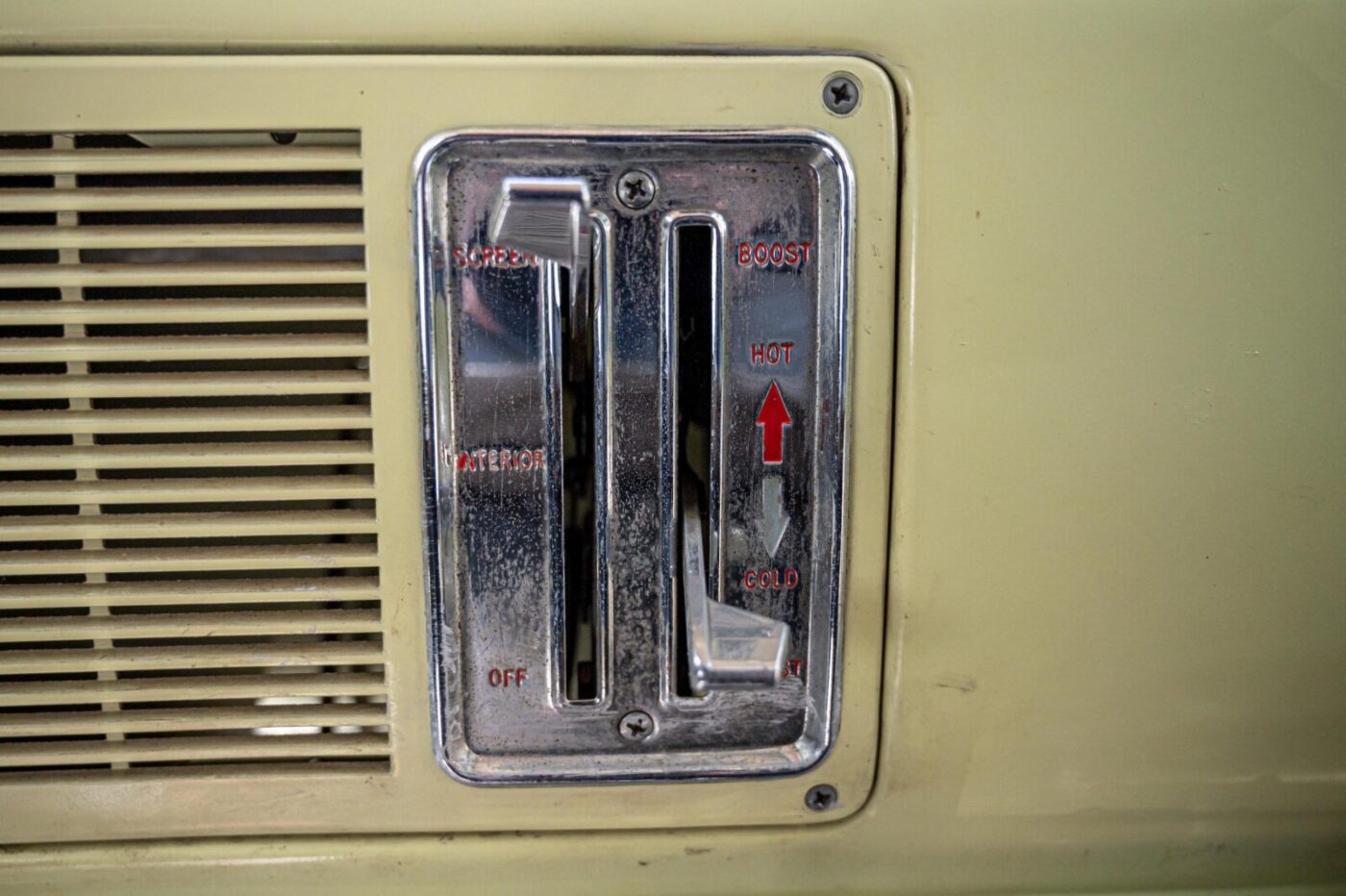
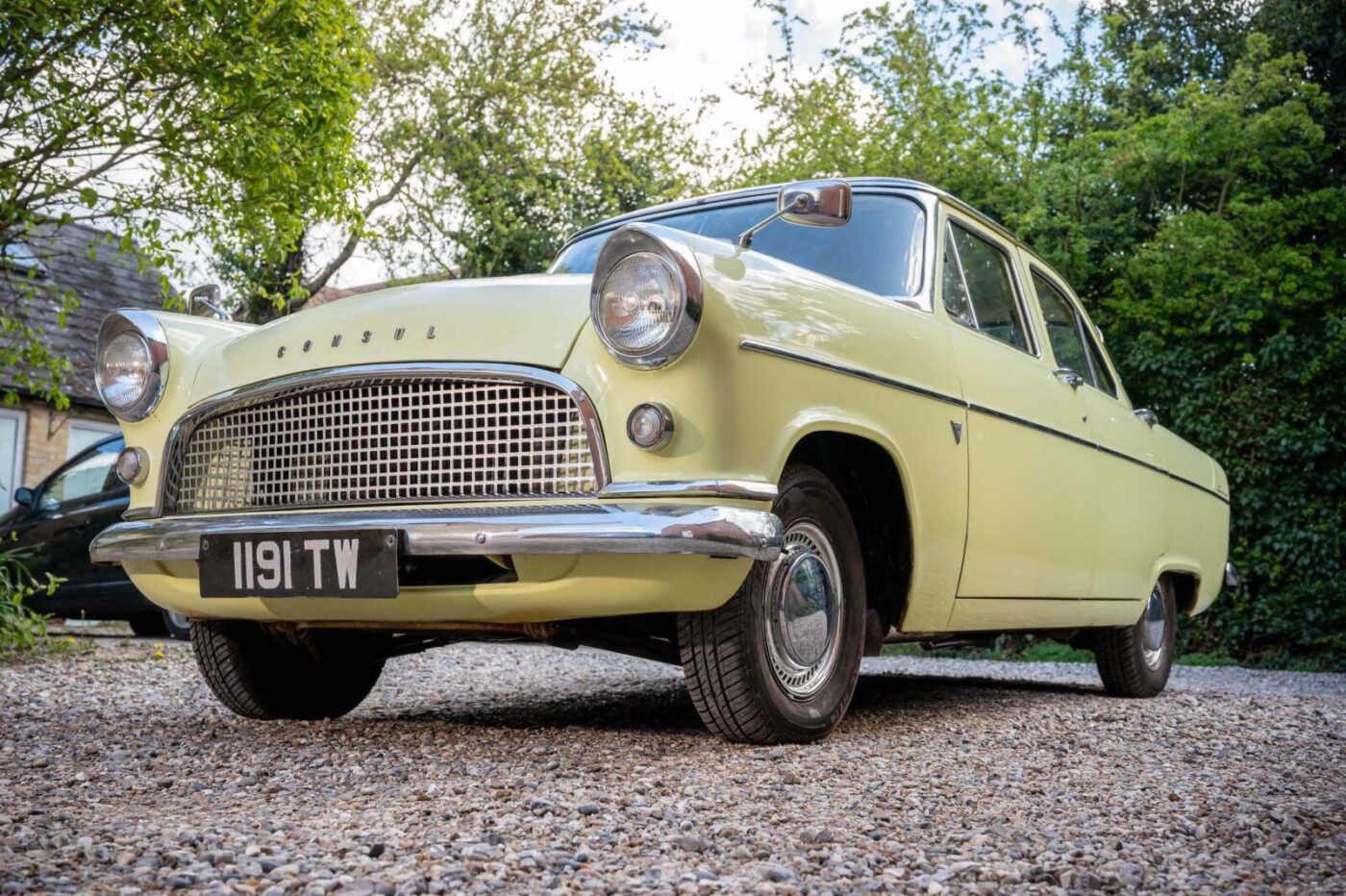
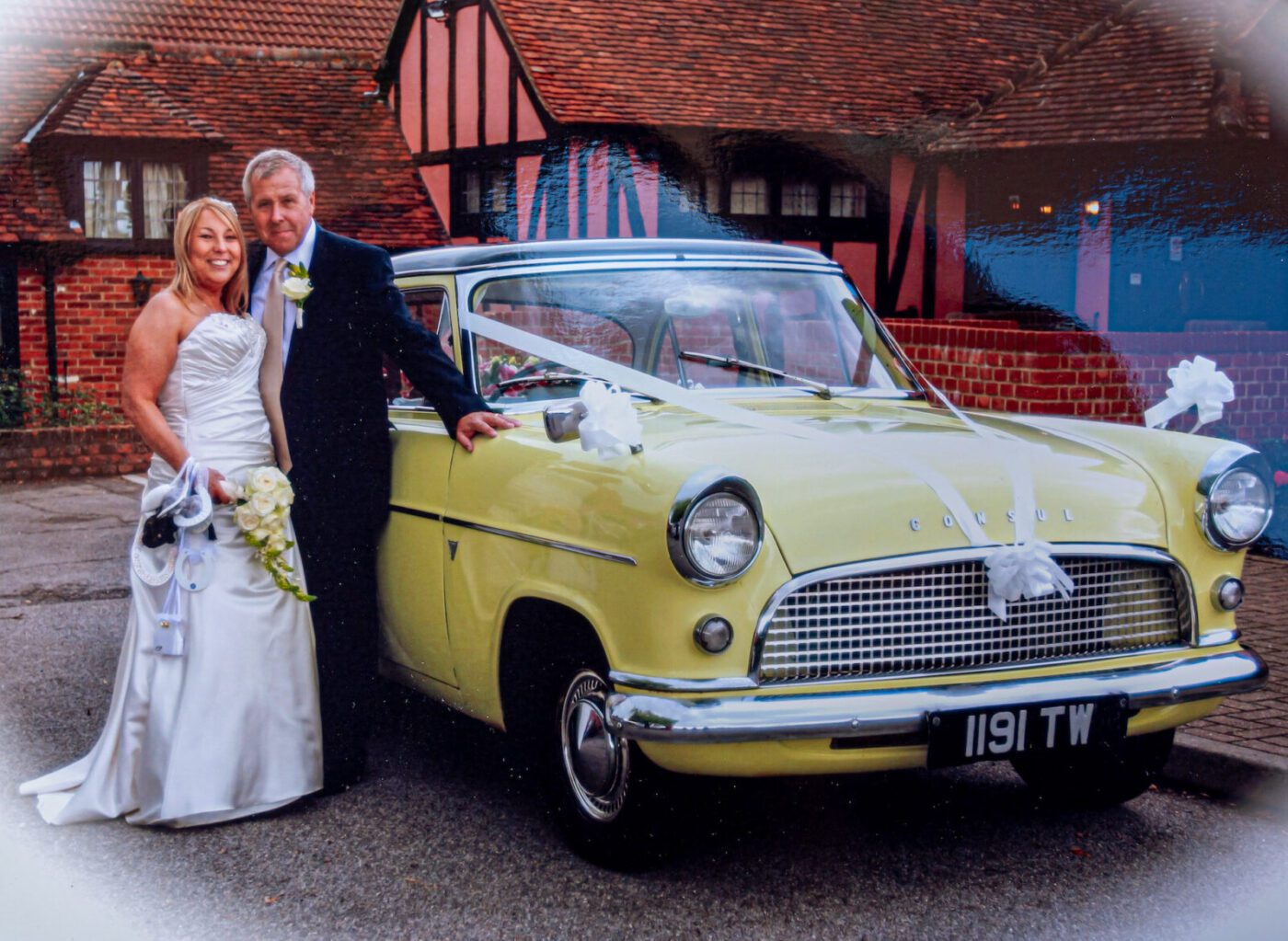
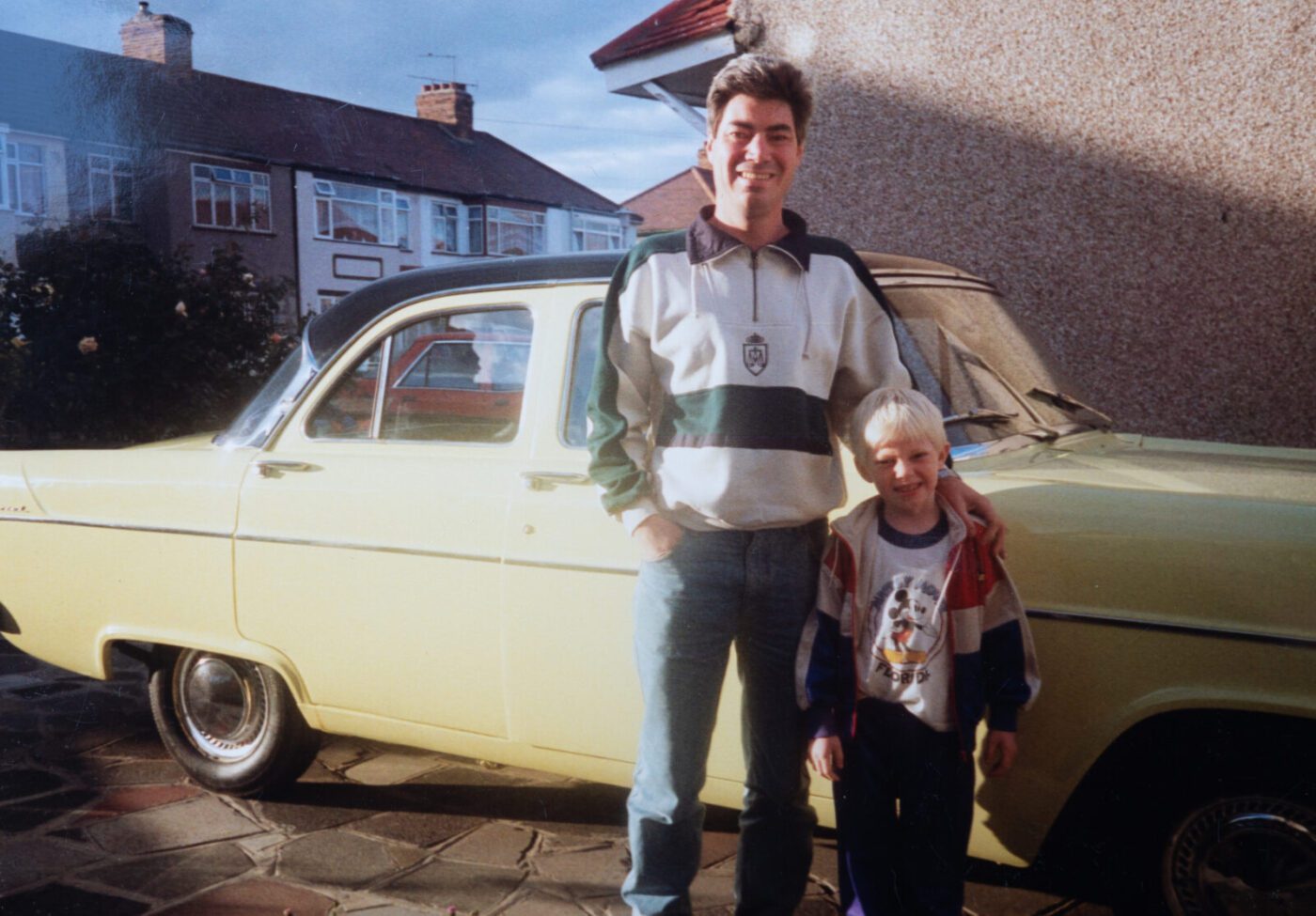
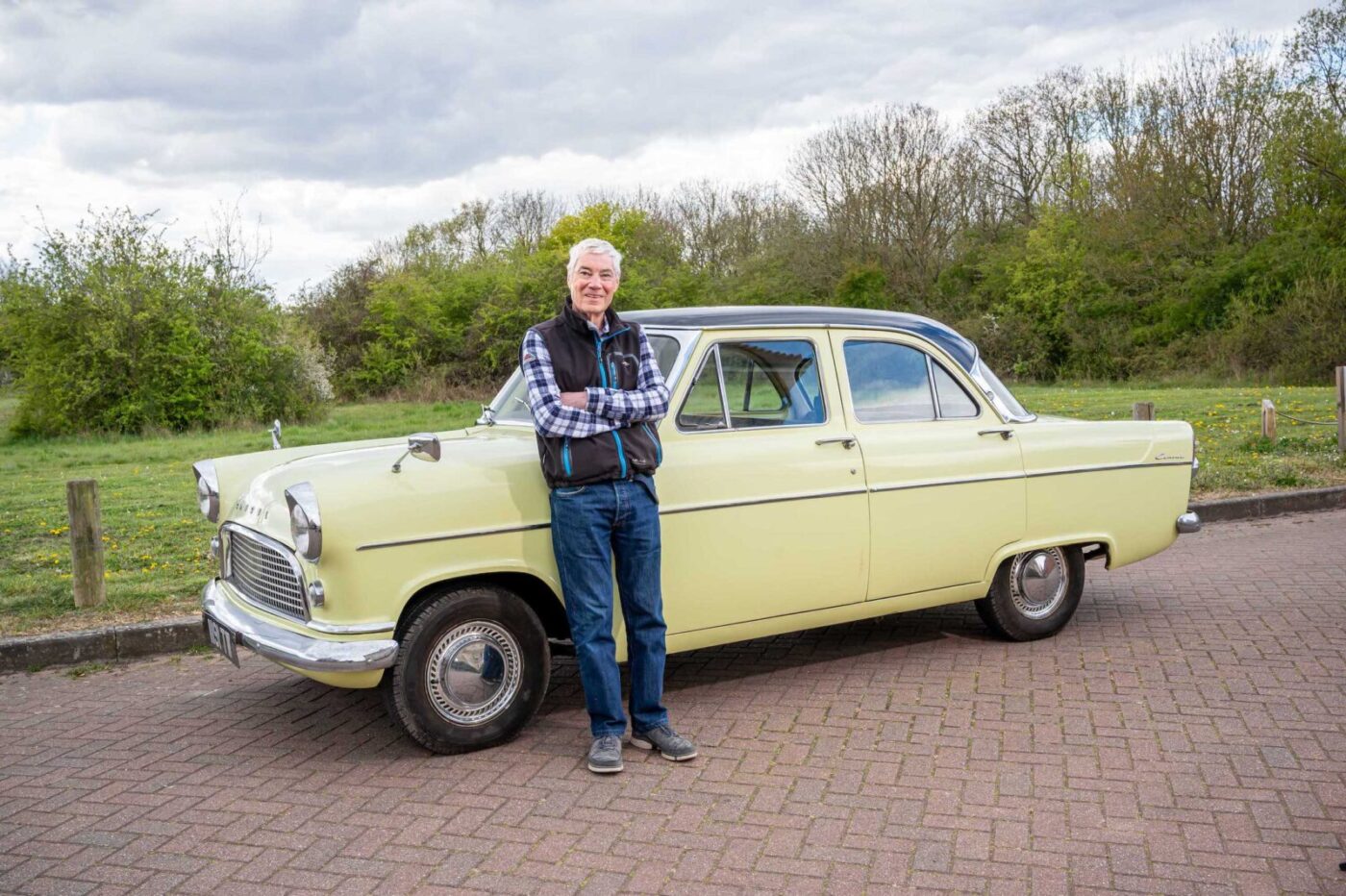
Family heirloom
“They both grew up with the Consul,” says Stephen, with Kevin the most likely to one day take custody of an automotive family heirloom.
While Paul owns a sandwich shop in Chelmsford, Kevin has followed in his father and grandfather’s footsteps by working for Ford, working on prototype vehicles at Dunton.
“I think he’s the natural one to take it on,” says Stephen, a keen sailor who has written a trilogy of thrillers inspired by his travels. “If I had no sons I would have given it back to the Ford museum, but I think he’ll keep it in the family.
“He’s worked on the brakes in recent years, but the problem is no-one’s driven it but me, so I’ll have to teach him how to drive it. It’s not easy to drive because of the column gear shift.”
Kevin may never have met his great-grandfather, but through Stephen the lesson of selflessness he taught has been passed down through the generations.
“He set a good example to me,” he says. “He was saving up for something he really wanted, but he was prepared to put it on hold to help someone else out.”

